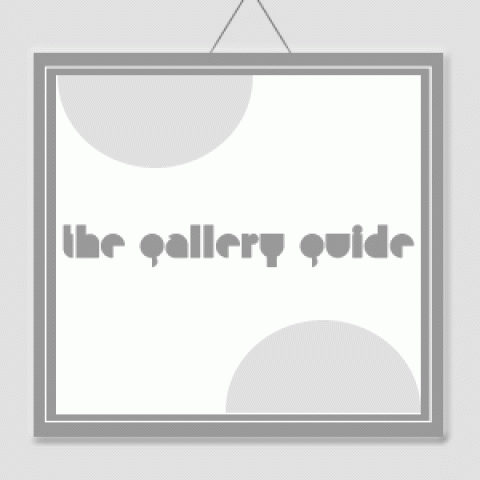Carter Lane Gallery
Carter Lane
London
EC4V 5AE
United Kingdom

Born in 1974 in Lagos, Nigeria, where he still lives and works, George Osodi is a world-renowned photographer with recent exhibitions in Dakar, Berlin and Norway.
After studying Business Administration at the Yaba College of Technology in Lagos, Osodi worked as a photojournalist for the Comet Newspaper in Lagos from 1999-2001, after which he joined the Associated Press News Agency in Lagos until 2008. During this time, Osodi received his first photographic award, winning Fujifilm's 'African Photojournalist of the Year' (2004). Internationally acclaimed, his photographs have been published in The New York Times, Time Magazine, USA Today, The Guardian Newspaper, The Telegraph, CNN and the BBC.
Osodi's work is part of both private and major international public collections, including the Smithsonian Museum in Washington DC, the National Museum in Greece, the Martin Margulies Collection in Miami, and the Museumslandschaft Hessen Kassel in Germany. Born in the country that his work so often depicts, Osodi has given viewers the world over an insight into traditions and cultures of Nigeria by evoking the traditions of photojournalism and portraiture to explore the complex narratives of his home country.
Osodi has travelled the continent of Africa, documenting the social and economic experiences and struggles of its populations for projects such as Oil Rich Delta Burns (2006), Faces of Africa (2005), De Money - Ghana Gold (2009) and Nigeria Monarchs (2012- present day), with much of his work concerned with the question of African identity in the 21st century, as in Nigeria Now: Rulers & Festivals.
Osodi states that 'documenting and archiving culture is the key to understanding origins and thus developing a sense of identity.†The colonial history of African countries like Nigeria has seen much of its own history sublimated and suppressed. The Nigerian Monarchs and Calabar Festival projects foreground the conversation between Nigeria's cultural history, the external forces that have sought to influence it, and how it continues to adapt in the new millennium.
Osodi's photographs raise questions regarding self-presentation, collective identity, how and why we construct the archive, and how this process influences our understanding of who we are andwhere we came from.
